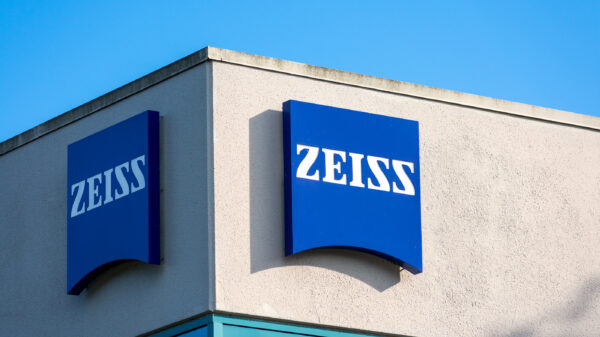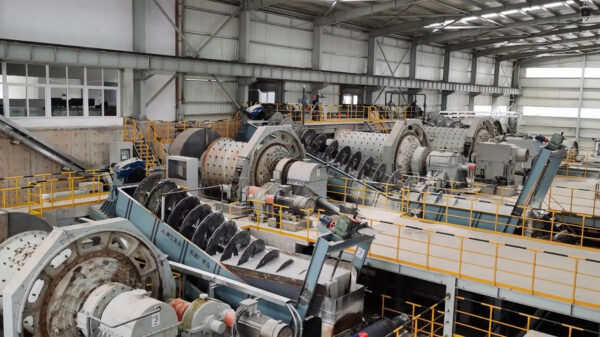Intel, the US-based chipmaker, is betting on a restructuring strategy to invigorate its foundry operations, mirroring the approach used by South Korean rival Samsung Electronics.
The new "internal foundry" model will disentangle its product and manufacturing groups, previously combined, with the intent to bolster the autonomy of the latter. The decision is expected to augment the cost-effectiveness of investments and enhance Intel's position in the competitive foundry market.
The announcement was made during an investor and analyst webinar on 21st June, wherein Intel detailed its future blueprint that echoes the strategies of existing fabless companies working in. . .






















